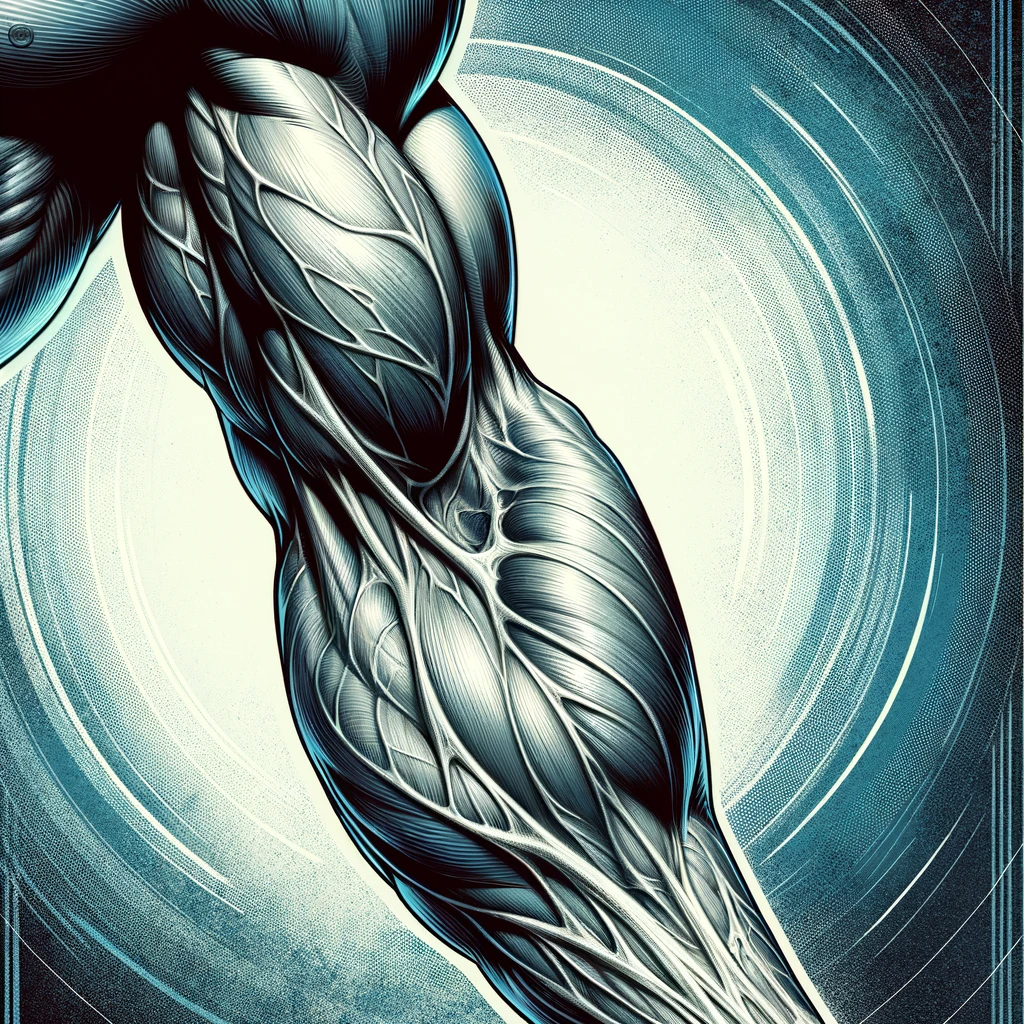Ultimate Guide to the Muscles in the Forearm
The forearm is home to a complex network of muscles that enable various movements of the hand, wrist, and fingers. While composed of 20 individual muscles, the forearm muscles are commonly divided into two groups. They are called extensor muscles and flexor muscles. Being separated based on the flexor muscles’ location on the anterior (front) side of the forearm and the extensor muscles on the posterior (back). These two groups work in coordination to facilitate the bending (flexion) and straightening (extension) of the wrist and fingers.
Function
- Flexor Muscles: Like the extensor muscles, the flexor group is responsible for smooth movement of the wrist finger, and hand. They are vital for gripping and holding onto objects, the flexor muscles play a huge role in grip strength and are the primary driver for this action. The flexor muscles are primarily responsible for fine motor control for activities such as typing, writing, and painting. They are responsible for the dexterity of the fingers. This is because they control finger and thumb flexion and make things like operating tools a lot easier. Because there are numerous different muscles in this group, the flexor muscles can engage during various grip placements and are crucial for hand-eye coordination.
- Extensor Muscles: Located on the back of the forearms, the extensor muscles act as counterbalances to the flexor muscles, maintaining the equilibrium in forearm movements. The primary function of the extensor muscles is to extend the wrist, allowing the hand to move upward and backward. These are the muscles that allow you to extend your fingers and open your hand. While the flexors are primarily responsible for gripping, the extensor muscles also help out and stabilize movements when the hand is closed. You can think of it like this: if the flexors are responsible for closing the hand, the extensors are responsible for opening it.

Overall, the forearm as a whole can provide 4 types of movement. Flexion and Extension and Pronation and Supination. While we’ve just discussed the flexion and extension muscles. Let’s dive into the muscles that make pronation and supination possible.
Supinator and Pronator
As the names suggest, the supinator muscle is a primary contributor to supination. It wraps around the upper portion of the radius and assists in turning the palm upward (supination: holding a cup of soup). During supination, the biceps and supinator work synergistically. While the biceps flex the elbow to exert supinating force on the forearm, the supinator, assists in turning the radius, allowing the palm to flip over. The movement that effectively isolates the supinator (and pronator) would be to simply twist your forearm from palm up to palm down. Performing this motion for a mere 20 seconds will probably fatigue this muscle. Now moving on.
Pronation is the movement of turning the palm and forearm downward. The pronator teres is a primary muscle responsible for pronation and the pronator quadratus assists with this. The difference between the two is that the pronator teres, being closer to the elbow, initiates the pronation movement. The pronator quadratus, located closer to the wrist, completes the rotation. These muscles are crucial when you think about just how many times we rotate our palms per day. I encourage you to try the palm flipping exercise for just 20 seconds to get a feel for these muscles. Training them will provide great benefits.
Grip Strength and Training
The coordinated action of the flexor and extensor muscles allows for gripping and grasping with multiplied force. Grip strength is not only a measure of hand power, it serves as a reliable indicator of overall health. It is of the utmost importance to not only develop but maintain a strong grip. This allows for more stable movements in the gym, less forearm and tendon pain during compound movements, and increased endurance and intensity.
Among other benefits, research has shown a correlation between grip strength and testosterone, which doesn’t surprise me. One of the tests I run to see whether athletes or lifters are overtraining (specifically pulling movements) is to get a baseline of their forearm strength and test it before a workout. Nearly every single time when an athlete’s grip is lower than normal it’s a sign a rest day is needed and I’ll typically have them focus on different movements that don’t stress the forearm. A healthy grip is a sign of a healthy life!
Exploring Further
The forearm is composed of two bones, the ulna and the radius. These bones run parallel to each other and attach to the elbow and wrist joint. These bones support the wrist and elbow and allow the forearm to move every which way. Oftentimes, when experiencing elbow or wrist pain, the culprit may be a weakness or strain in the forearm. Like all injuries, it’s important to identify the precise issue so we can focus on a solution. However, forearm pain is extremely common, especially in lifters.
Being how the forearm is composed of many small muscles it’s easier to injure yourself when performing movements where your wrist and elbow can move in ways you aren’t used to. Nearly every movement with a closed grip will target the forearms in some way, for example, pull-ups, deadlifts, and rows all place a great emphasis on the forearm. Even though those movements are considered to target the back. So it’s important to take inventory of your forearm health and grip strength to prevent injury and overtraining. We have many guides going in-depth on the forearm and the entire arm, checking them out will be worth your while.

